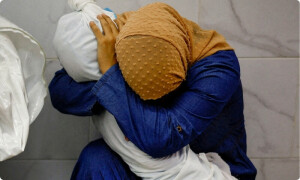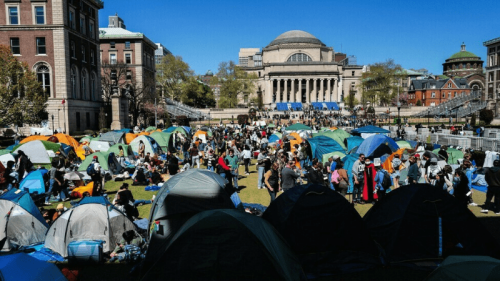WAZIR Khan, a physician, built the Shahi Hammam for Emperor Jehangir’s wife. But why? “She had a blister on her foot and wanted someone to cure it without any physical contact. Wazir Khan asked her to walk on sand where her feet left imprints. He identified the area of the blister, placed a piece of mirror there on the sand and told her to walk again on her own footprints. When she did this, the mirror burst the blister and the injury was healed. She rewarded him for this and he reciprocated by building her the Royal Bath.”
Farhan Shah narrated this story to me avidly, clearly reflecting his affiliation with old Lahore. His family moved to the walled city in the mid-1700s. Shah’s company, Old Lahore Walkabouts, takes people on tours to the walled city, which for him is a monument in itself. I was fascinated but also curious whether the story he had told me was a myth or actual history. But for Shah, the stories behind the structure are just as important as the tangible restoration. “I don’t see a story as true or false and don’t concoct any on my own,” he tells me. “Restoring myths is important for us. I want people to experience the ethos of that time when they come here. These stories have existed for hundreds of years. They are reflective of the thought process of the people of the subcontinent.”
When I visited the Hammam earlier, which is located immediately after the Delhi Gate, the caretaker, Mohammad Azam, led me inside what resembled a maze. The Hammam has 21 rooms, eight of which were used as freshwater baths and five as steam baths built along the lines of Turkish baths.
Sauntering around the marble pools and saunas of that time, it struck me as ludicrous that a restaurant had opened here years ago. Azam says it shut down as the business made no profit; he says it took a French tourist to point out the absurdity of anyone wanting to eat in what is called The Royal Bath!
Food is in abundance outside, though, with vendors along the length of the building selling spices, dried fruit, trinkets and garments. Inside the Hammam these days are heaps of sand and bricks that between 25 and 30 labourers work with every day for eight hours. “Heritage work is always slow,” says Azam. “It is expected to be completed in March 2015, but I am sure it will take the whole year to finish.”
Although many commercial encroachments have slowly been shifted away, they need to move out altogether, says Shah. “People from outside have brought their businesses inside. As they live outside, they have no special affiliation with the walled city.”
Where Shah emphasises the preservation of the tales about the structures, the Punjab director of archaeology, Saleemul Haq, expresses reservations about the restoration work. Now, with a financial grant from the Royal Norwegian Embassy, the Aga Khan Trust for Culture (AKTC) is carrying out the project for the Hammam’s restoration. “They should have consulted us as technically archaeological excavations are not under the walled city domain,” Haq says. He adds that the team working on this project has architects but no archaeologists. He believes that better data could be collected had they been involved.
However, Maryam Rabi, project architect for the AKTC, says the excavation process has already helped them build the original story. “Through our conservation process, lots of stories have been revealed,” she explains. “Now we know where the hot water was, where the cold pool was.”
Rabi says the Hammam has been misused in the past and it needs to be restored. “It has been used as office space and for school in just the past 50 years. History is very important but you have to be eclectic about when and where to intervene to fix things,” she says. “Our first step was to protect the monument by moving the shops around it. It now has a retaining wall outside so work is done under a limited space.”
With every force expended by the labourers on digging deeper, they are getting closer to exposing captivating stories. All those slabs of marble around me, the frescos, the whitewash, the dry pools, steam baths and fragmented construction, made me realise I was surrounded by centuries-old stories of love and intrigue, of extravagance and affluence, possibly of hate and war.
Published in Dawn, October 17th, 2014












































